 Brothers and sisters in Christ around the world are losing their livelihoods, families, homes, even their own lives because of their faith. It can be overwhelming to hear their stories. We might think, What can I do? When field leaders from The Voice of the Martyrs (VOM) meet with persecuted Christians to bless and encourage them, they also inquire about unmet needs. Often, the first request of the persecuted is “Pray for us!” For many of them, the greatest gift they can receive is knowing they are being covered in prayer by their worldwide Christian family. That is something we can do, and The One Year Pray for the Persecuted Bible can help guide us.
Brothers and sisters in Christ around the world are losing their livelihoods, families, homes, even their own lives because of their faith. It can be overwhelming to hear their stories. We might think, What can I do? When field leaders from The Voice of the Martyrs (VOM) meet with persecuted Christians to bless and encourage them, they also inquire about unmet needs. Often, the first request of the persecuted is “Pray for us!” For many of them, the greatest gift they can receive is knowing they are being covered in prayer by their worldwide Christian family. That is something we can do, and The One Year Pray for the Persecuted Bible can help guide us.
Each day begins with a prayer prompt that was written by a VOM team member. The prayer prompts cover a wide range of needs facing persecuted Christians today. Those needs may include basic physical provisions like food, shelter, or medical help after being attacked because of their faith; Bibles for Christians in nations where owning one could mean incarceration or death; and even transportation for front-line workers advancing God’s Kingdom on some of the world’s most dangerous mission fields.
 And then there are the intangible but equally critical spiritual needs: courage for Christians to share the gospel with family members even though they could be disowned for doing so, strength for Christians who are imprisoned for their faith and don’t know if they will see their loved ones again, and wisdom for front-line workers seeking ways to get Bibles to Christians who are surrounded by people who are opposed to the gospel.
And then there are the intangible but equally critical spiritual needs: courage for Christians to share the gospel with family members even though they could be disowned for doing so, strength for Christians who are imprisoned for their faith and don’t know if they will see their loved ones again, and wisdom for front-line workers seeking ways to get Bibles to Christians who are surrounded by people who are opposed to the gospel.
Following each prayer prompt is a daily reading from the New Living Translation that includes a portion from the Old Testament, the New Testament, Psalms, and Proverbs. In one year, you will read through the entire Bible while spending focused time praying for persecuted Christians around the world.
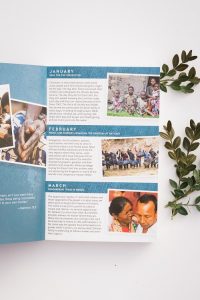 This Bible also includes six featured, full-color stories of people who boldly witness for Christ amid great danger. A fold-out map will help you visualize where our brothers and sisters are being persecuted for their faith and learn more about the locations where sharing the gospel is restricted or hostile.
This Bible also includes six featured, full-color stories of people who boldly witness for Christ amid great danger. A fold-out map will help you visualize where our brothers and sisters are being persecuted for their faith and learn more about the locations where sharing the gospel is restricted or hostile.
Each month has a different prayer focus, such as front-line workers and praying for people in prison. A short description with more detail about the specific prayer theme for each month is also included in the Bible.
But it isn’t just about committing individual time to reading and prayer. It’s about coming together as the family of Christ to embrace those who are suffering. Would your church community dedicate a month or one Sunday a month to learning about and praying for our persecuted brothers and sisters? Could you carve out a time in each service to pray for a specific country, maybe even a specific situation? What a beautiful gift we can give to our persecuted brothers and sisters—to know we are consistently covering them in prayer. And what a gift to us that we can learn from their perseverance and commitment to sharing God’s Word no matter the cost.
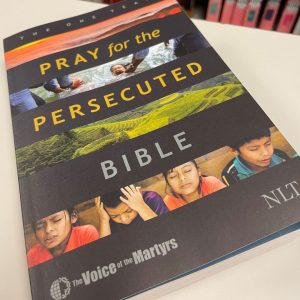 Even though you may never travel to meet your persecuted Christian brothers and sisters in the jungles of Colombia, the Central Highlands of Vietnam, or the desert sands of Algeria, you can fellowship with them through prayer. As you study each daily Scripture reading, remember that the Bible was written by and for persecuted believers. Reading the Bible in this context should spur every believer on to follow Christ more faithfully, both individually and corporately.
Even though you may never travel to meet your persecuted Christian brothers and sisters in the jungles of Colombia, the Central Highlands of Vietnam, or the desert sands of Algeria, you can fellowship with them through prayer. As you study each daily Scripture reading, remember that the Bible was written by and for persecuted believers. Reading the Bible in this context should spur every believer on to follow Christ more faithfully, both individually and corporately.
When we pray for the persecuted and read their stories of courage, faithfulness, and obedience, we are united with them. As we allow their stories to inspire us to a deeper commitment to Christ and his Great Commission—no matter the cost and wherever God has placed us—the fellowship becomes mutual.
Will you join us in praying?
 The Christians inside the prison then translated the Scripture into Farsi.
The Christians inside the prison then translated the Scripture into Farsi.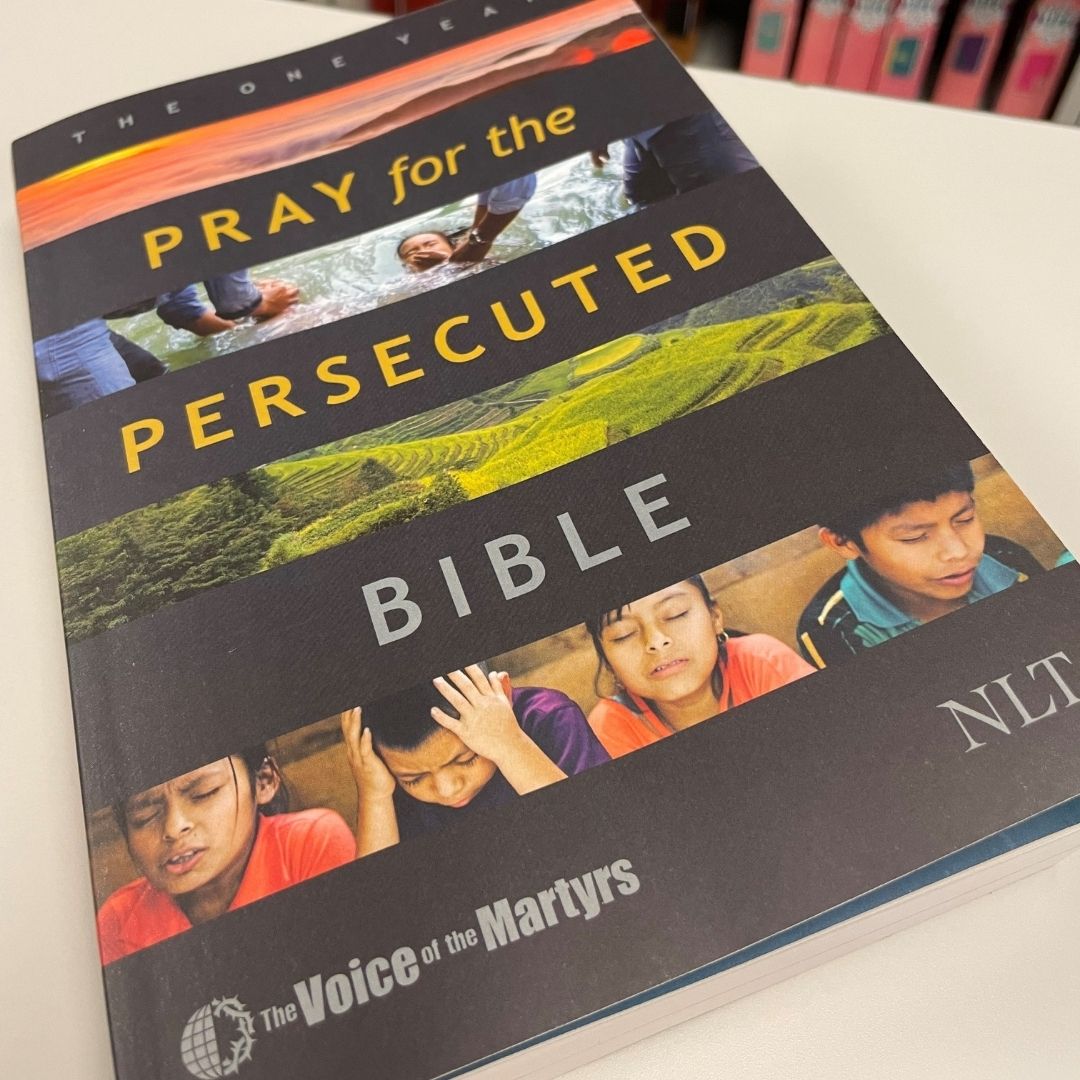


 The Son of God, as “very God” (to quote the Nicene Creed), arrived on this earth as a man. He came to the mountains He created. He faced the rivers with their rushing currents. He crossed the valleys. He gazed upon the sea. He walked beneath the skies and the stars and the moon and the sun. But the tragedy of all tragedies is this: “He came into the very world he created, but the world didn’t recognize him” (John 1:10). The world didn’t recognize the One who had created it. In other words, “He came to his own people, and even they rejected him” (John 1:11).
The Son of God, as “very God” (to quote the Nicene Creed), arrived on this earth as a man. He came to the mountains He created. He faced the rivers with their rushing currents. He crossed the valleys. He gazed upon the sea. He walked beneath the skies and the stars and the moon and the sun. But the tragedy of all tragedies is this: “He came into the very world he created, but the world didn’t recognize him” (John 1:10). The world didn’t recognize the One who had created it. In other words, “He came to his own people, and even they rejected him” (John 1:11).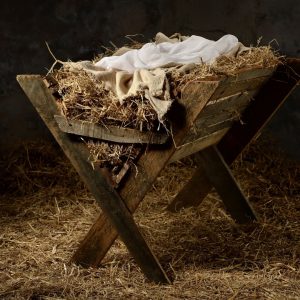 We all know the Christmas story: The Creator came to our planet as a baby, but there was no room at the inn for the One who had created the rocks from which that inn was made. There was no welcome mat for Christ. Isn’t it remarkable that the One who is coequal, coeternal, and coexistent with the Father and the Spirit—the One who divinely decreed the events that would run their course on this earth in perfect timing with His profound plan—could come to the earth and be beaten and spit upon, have spikes driven through His hands and feet, be hung on a cross, and be cursed until He died? Even after being raised from the dead, He is still denied, rejected, and refused some twenty centuries later. There is still no room for the Savior.
We all know the Christmas story: The Creator came to our planet as a baby, but there was no room at the inn for the One who had created the rocks from which that inn was made. There was no welcome mat for Christ. Isn’t it remarkable that the One who is coequal, coeternal, and coexistent with the Father and the Spirit—the One who divinely decreed the events that would run their course on this earth in perfect timing with His profound plan—could come to the earth and be beaten and spit upon, have spikes driven through His hands and feet, be hung on a cross, and be cursed until He died? Even after being raised from the dead, He is still denied, rejected, and refused some twenty centuries later. There is still no room for the Savior. From the vanishing point of the past to the vanishing point of the future, Jesus Christ remains in His nature and His attributes very God. But Christ, in order that human beings might be able to see what God is like in tangible form, became a human for all eternity future. This introduction to the Gospel of John concludes, “No one has ever seen God. But the unique One, who is himself God, is near to the Father’s heart. He has revealed God to us” (John 1:18).
From the vanishing point of the past to the vanishing point of the future, Jesus Christ remains in His nature and His attributes very God. But Christ, in order that human beings might be able to see what God is like in tangible form, became a human for all eternity future. This introduction to the Gospel of John concludes, “No one has ever seen God. But the unique One, who is himself God, is near to the Father’s heart. He has revealed God to us” (John 1:18).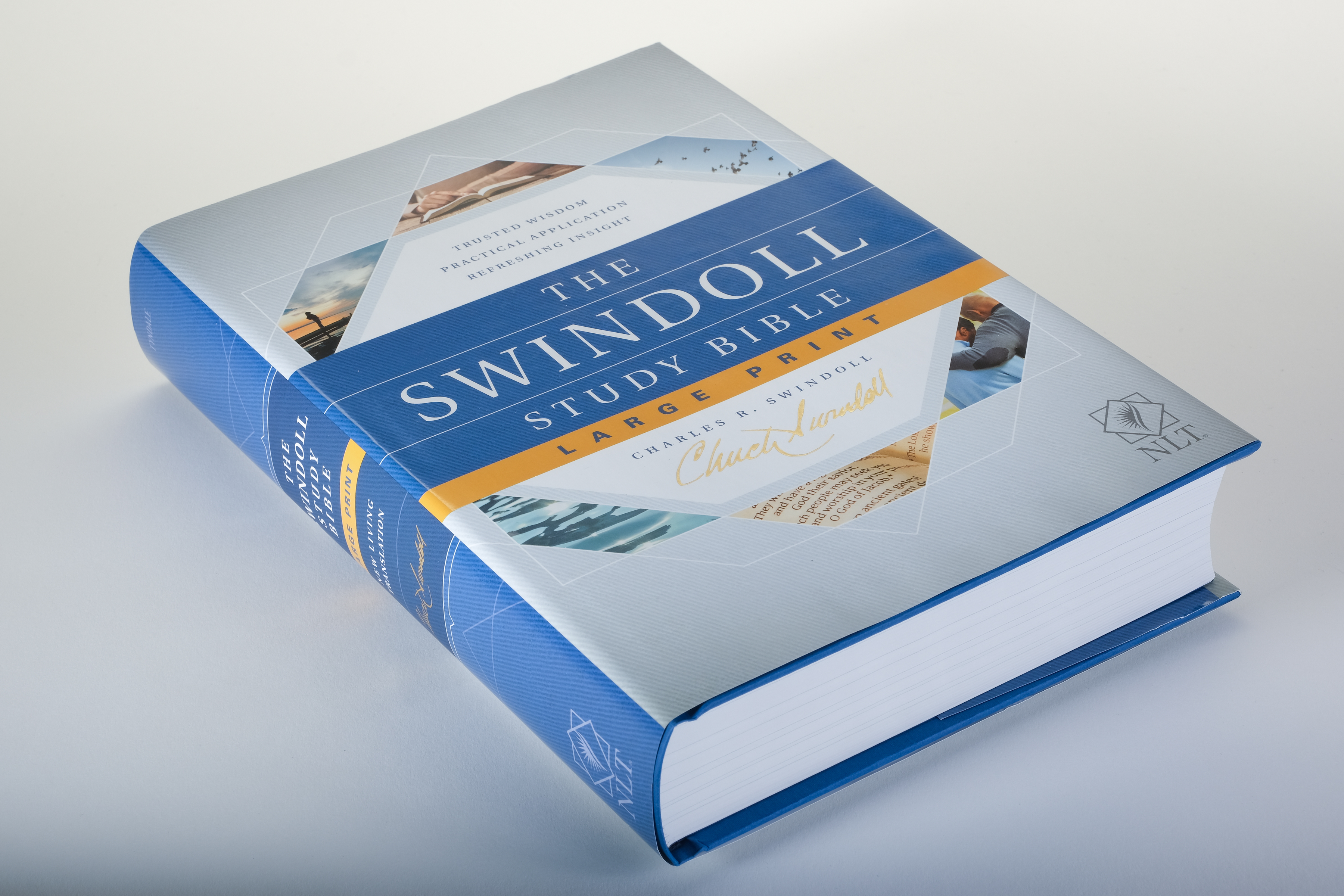

 These contrasts are a foretaste of things to come. In Jesus, the God of Israel and Lord of all the earth has come to visit and to save his people. The Divine One reaches down to meet them where they are. Throughout Luke’s Gospel, Jesus will show special concern for the lowly, the poor, the outcast, and sinners. These are the ones he has come to
These contrasts are a foretaste of things to come. In Jesus, the God of Israel and Lord of all the earth has come to visit and to save his people. The Divine One reaches down to meet them where they are. Throughout Luke’s Gospel, Jesus will show special concern for the lowly, the poor, the outcast, and sinners. These are the ones he has come to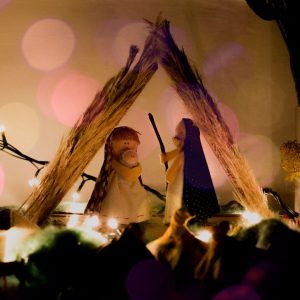 save because they recognize their need for him. They receive the message of salvation with joy and rejoicing.
save because they recognize their need for him. They receive the message of salvation with joy and rejoicing.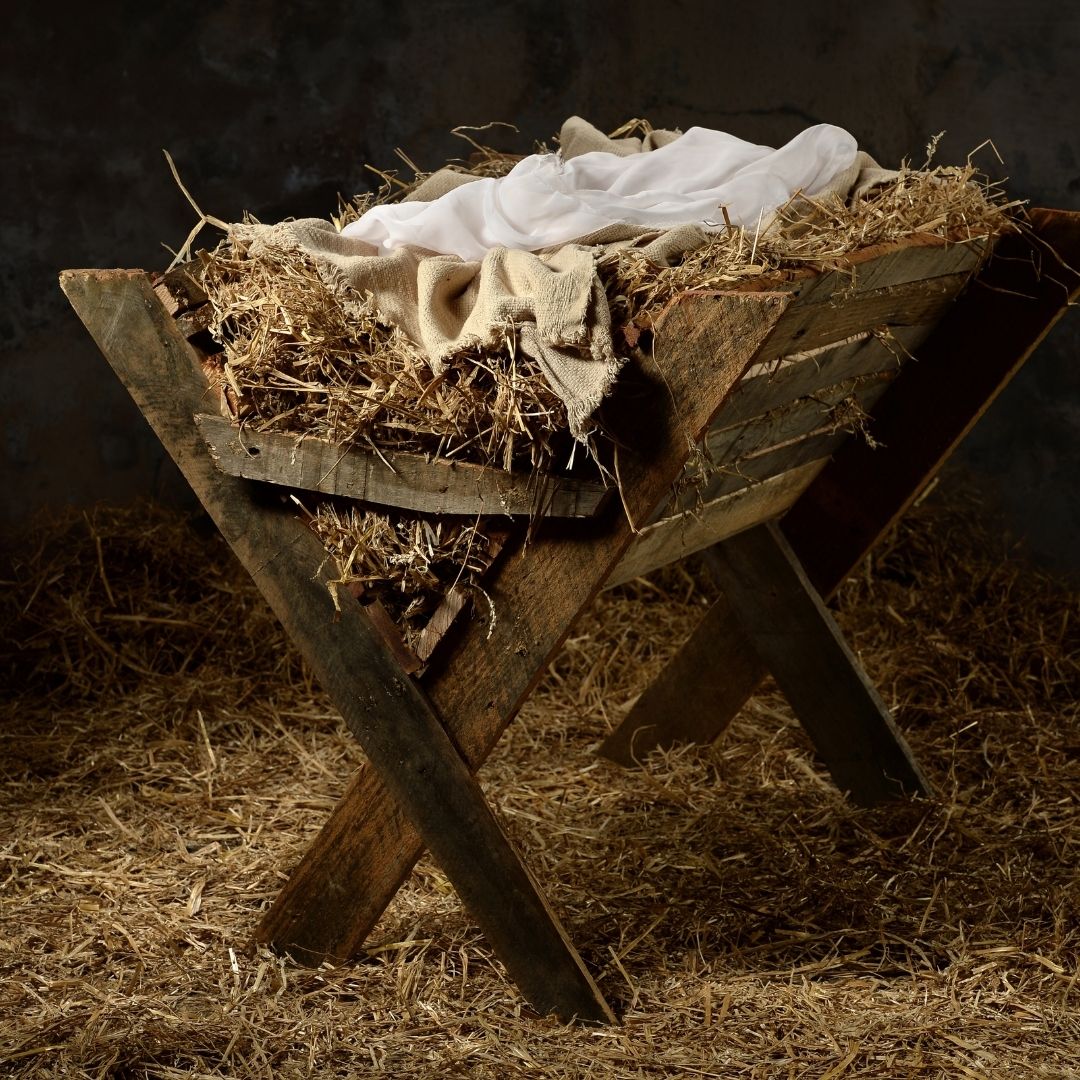
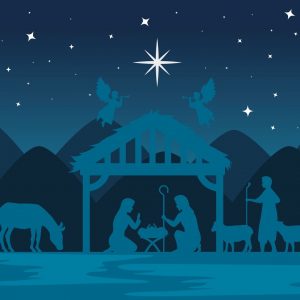 Profile from the
Profile from the 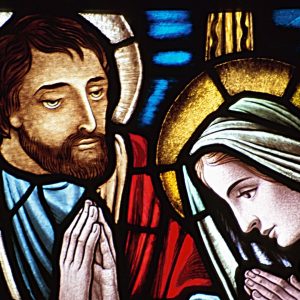
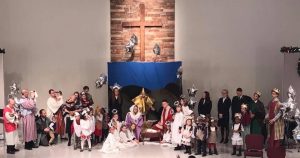 At this point, God sent a messenger to Joseph to confirm Mary’s story and open another way of obedience for Joseph—to take Mary as his wife. Joseph obeyed God, married Mary, and honored her virginity until after the baby was born. Joseph’s role as guardian of God’s Son and of Mary is clearly seen in his response to the dream in which the angel of the Lord instructed him to flee to Egypt. Joseph immediately obeyed, leading his family to Egypt in order to escape from Herod and later returning to settle in Nazareth instead of going back to Bethlehem.
At this point, God sent a messenger to Joseph to confirm Mary’s story and open another way of obedience for Joseph—to take Mary as his wife. Joseph obeyed God, married Mary, and honored her virginity until after the baby was born. Joseph’s role as guardian of God’s Son and of Mary is clearly seen in his response to the dream in which the angel of the Lord instructed him to flee to Egypt. Joseph immediately obeyed, leading his family to Egypt in order to escape from Herod and later returning to settle in Nazareth instead of going back to Bethlehem.
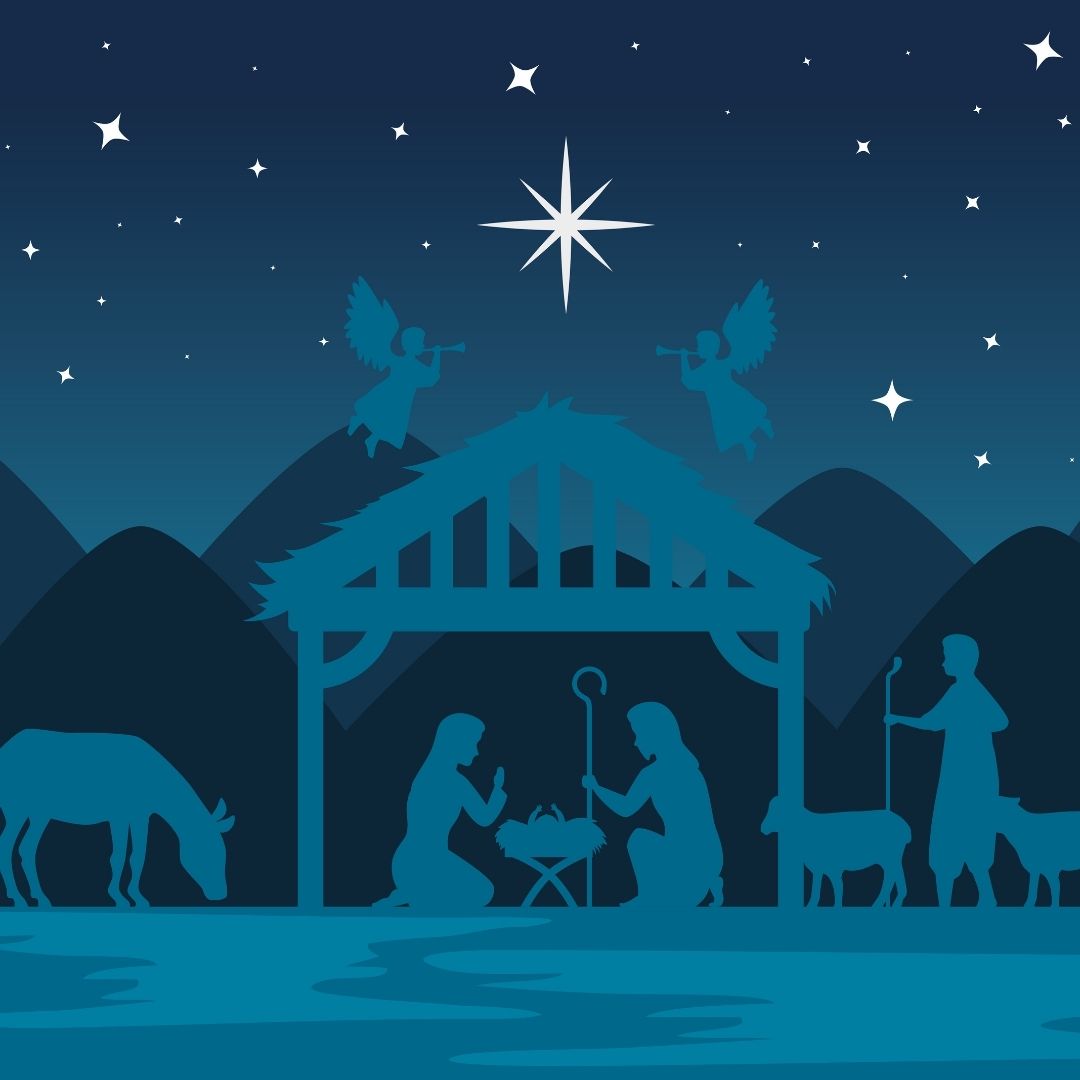
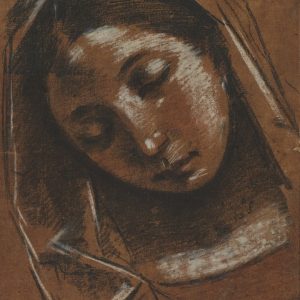 Mary, the wife of Joseph, was the virgin mother of Jesus. Luke tells us that as a young girl in Nazareth, Mary was betrothed to Joseph, a local carpenter. Before the marriage took place, an angel announced to her that she would become pregnant by the power of God’s Spirit and give birth to the Son of God (1:26‑35). Mary responded to this extraordinary message in simple faith, humbly submitting herself to God’s will (1:38, 46‑55). Shortly thereafter, the message was confirmed by her relative Elizabeth, who spoke of Mary as the most blessed of all women (1:39‑45). Mary’s miraculous bearing of the Son of God was viewed as a fulfillment of prophecy (Isa 7:14).
Mary, the wife of Joseph, was the virgin mother of Jesus. Luke tells us that as a young girl in Nazareth, Mary was betrothed to Joseph, a local carpenter. Before the marriage took place, an angel announced to her that she would become pregnant by the power of God’s Spirit and give birth to the Son of God (1:26‑35). Mary responded to this extraordinary message in simple faith, humbly submitting herself to God’s will (1:38, 46‑55). Shortly thereafter, the message was confirmed by her relative Elizabeth, who spoke of Mary as the most blessed of all women (1:39‑45). Mary’s miraculous bearing of the Son of God was viewed as a fulfillment of prophecy (Isa 7:14).
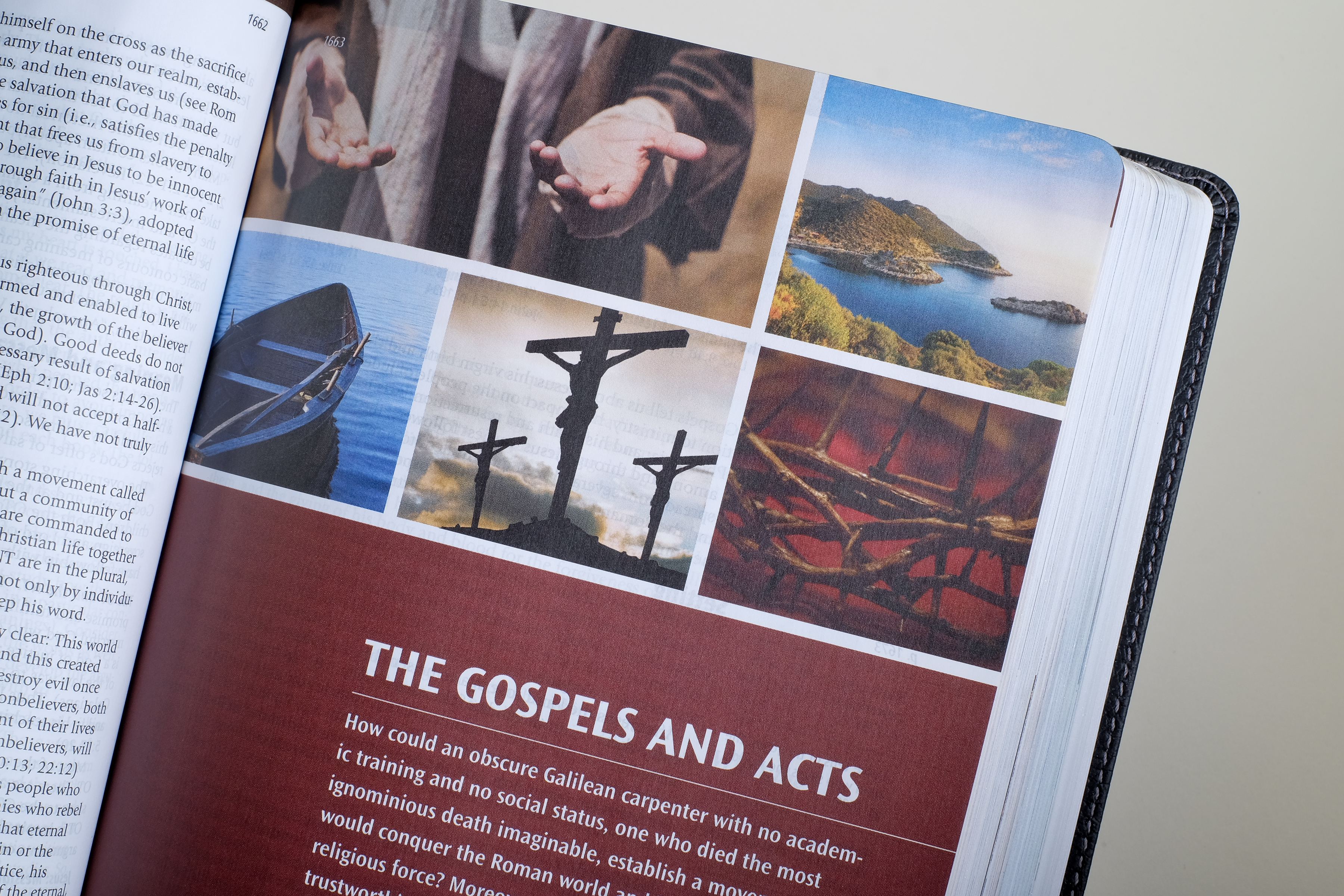
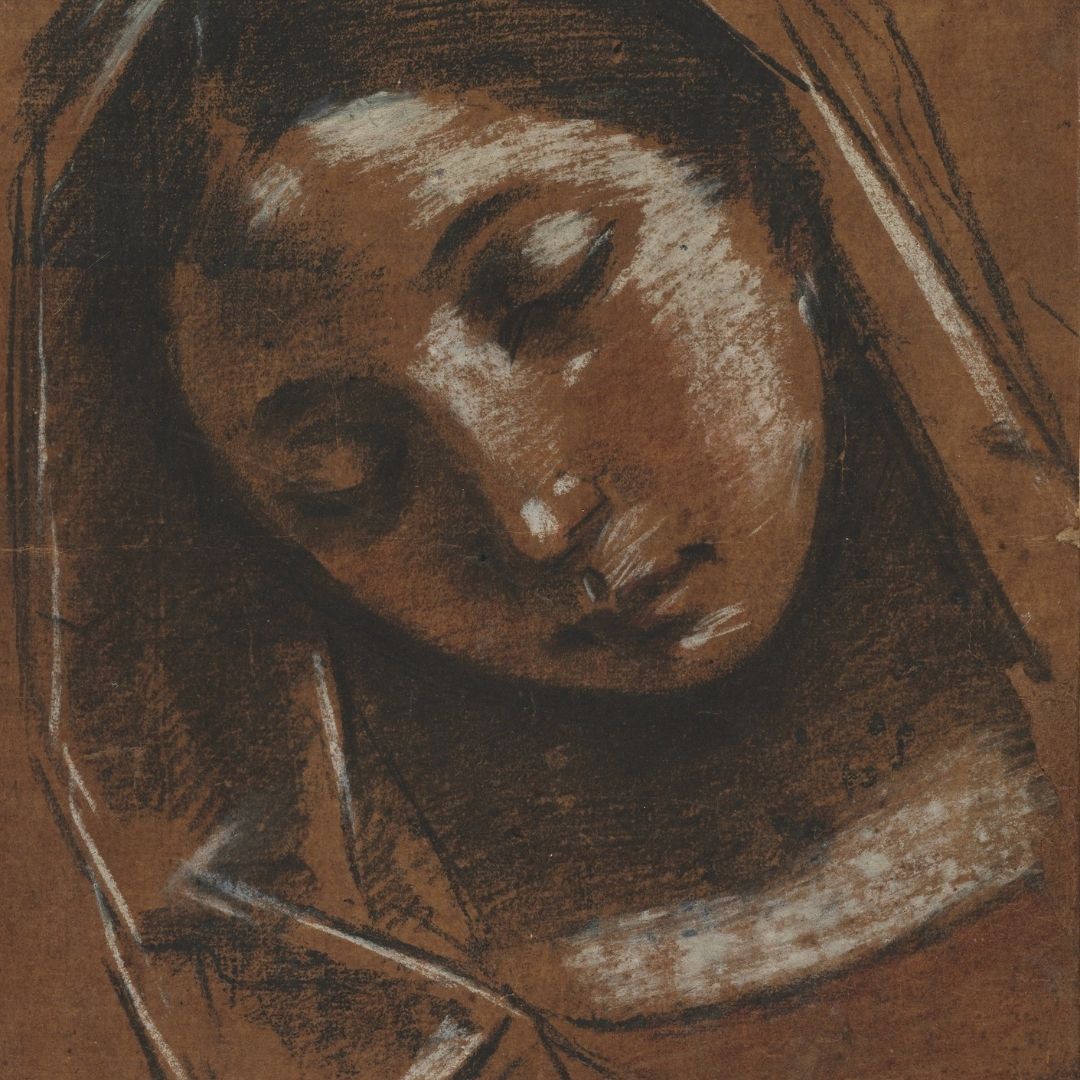
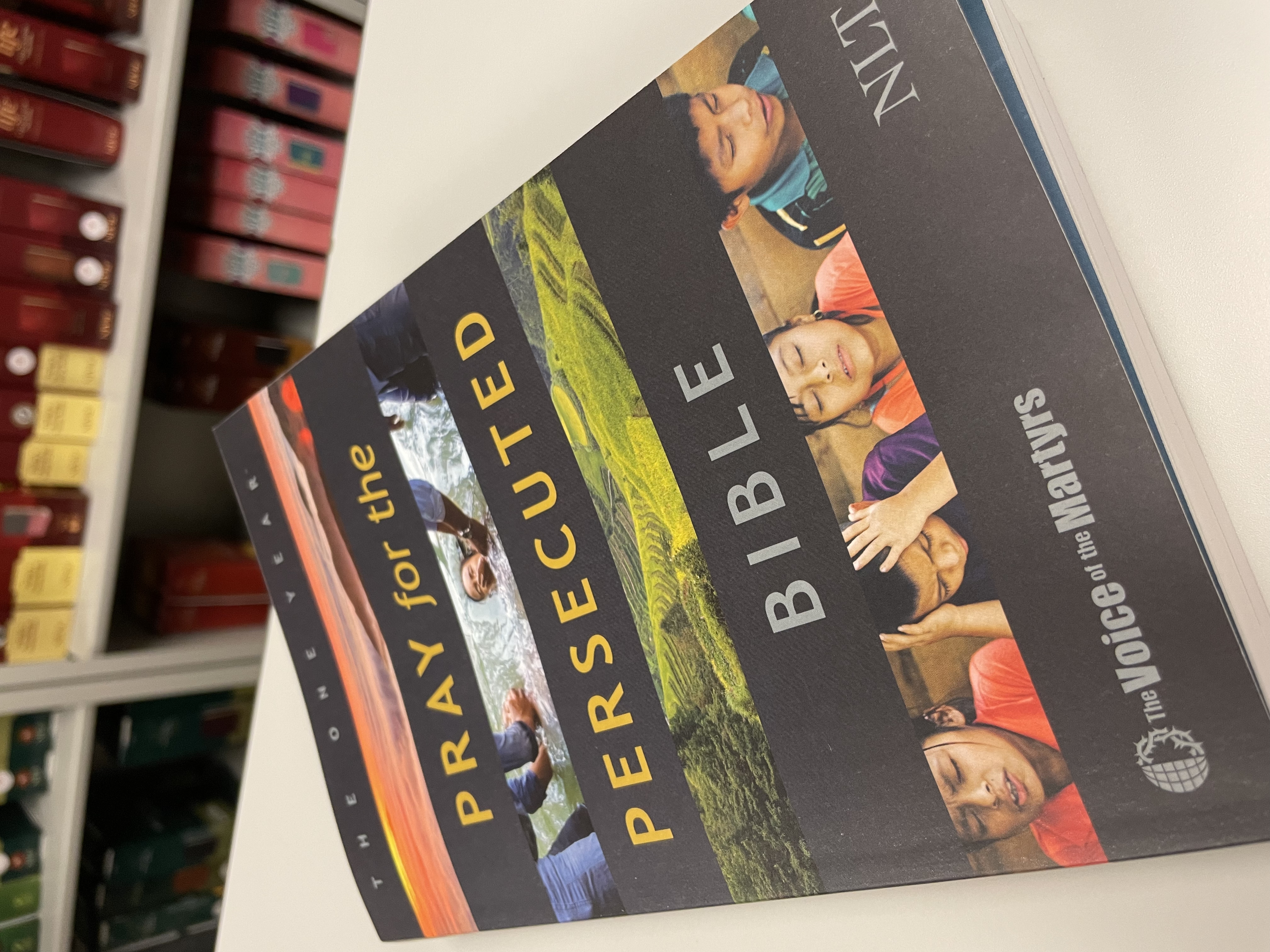
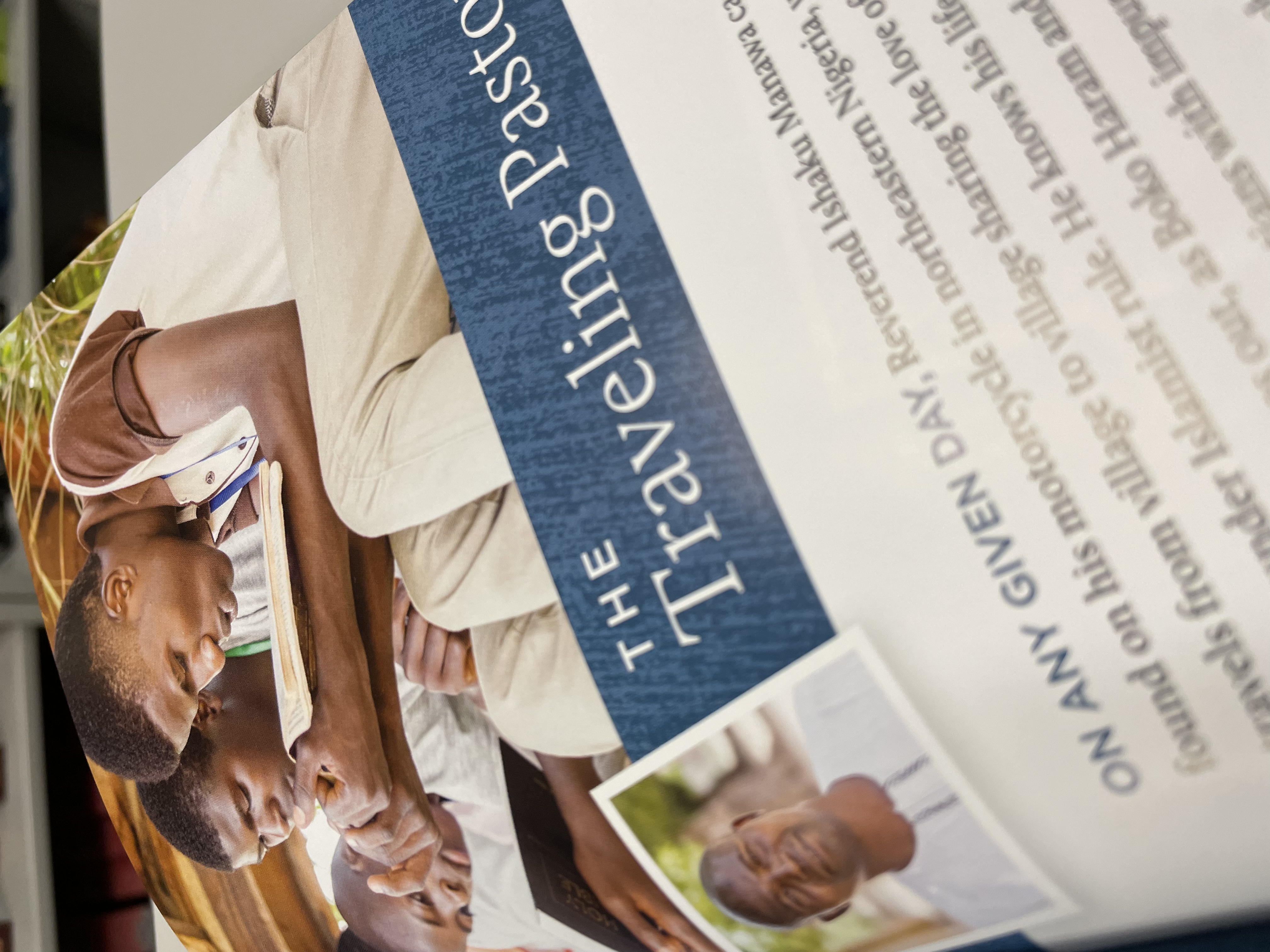
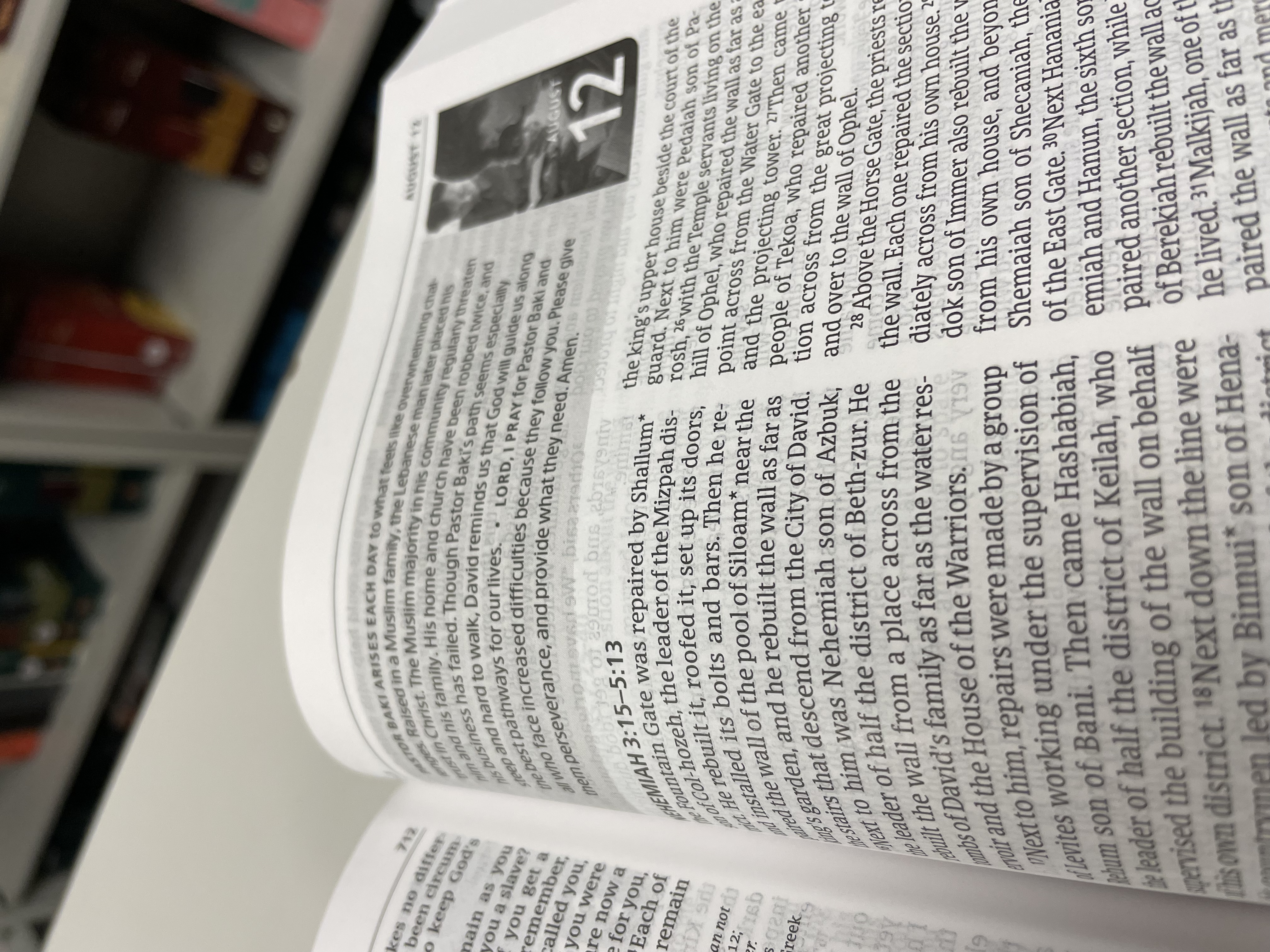

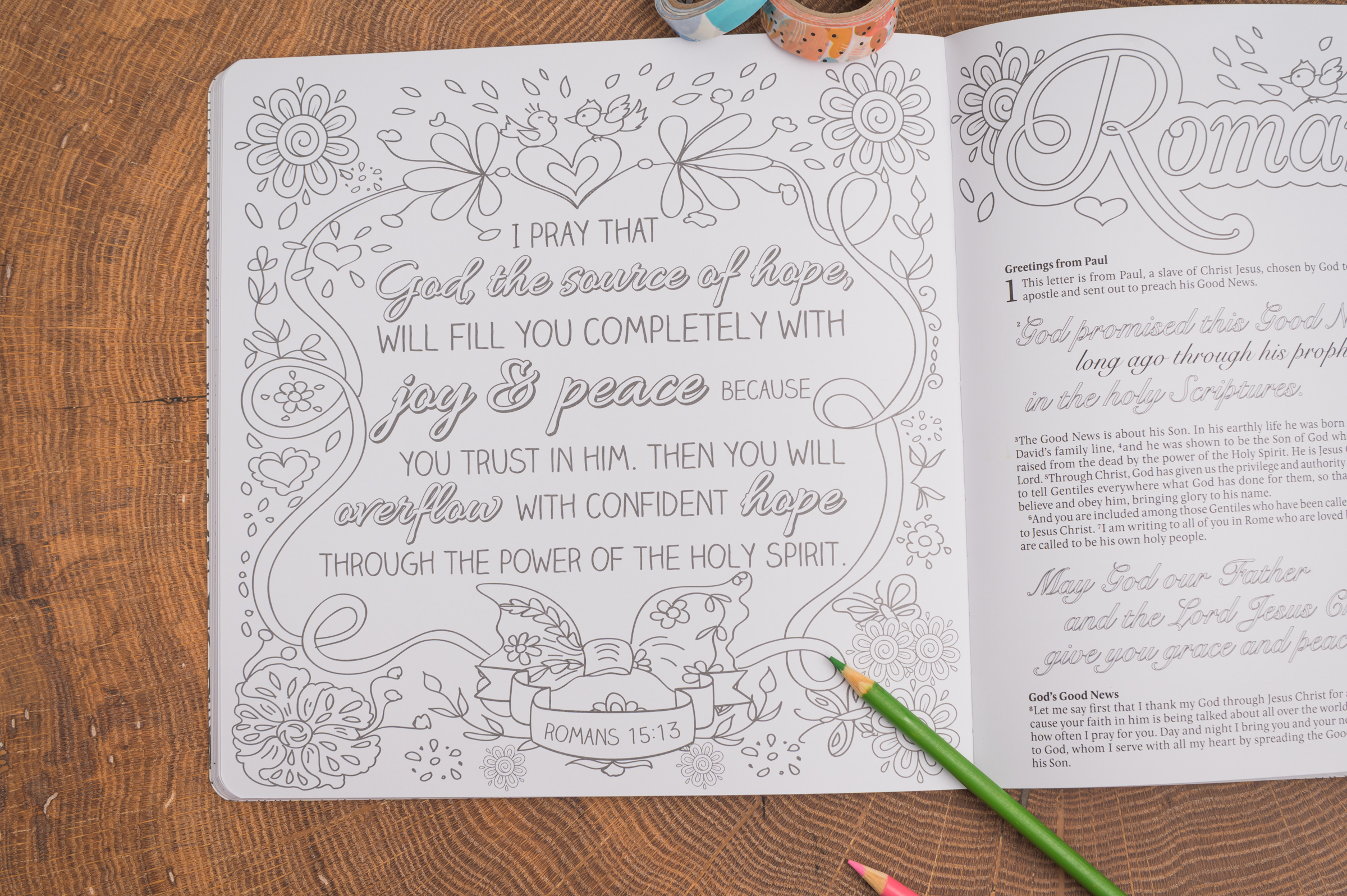
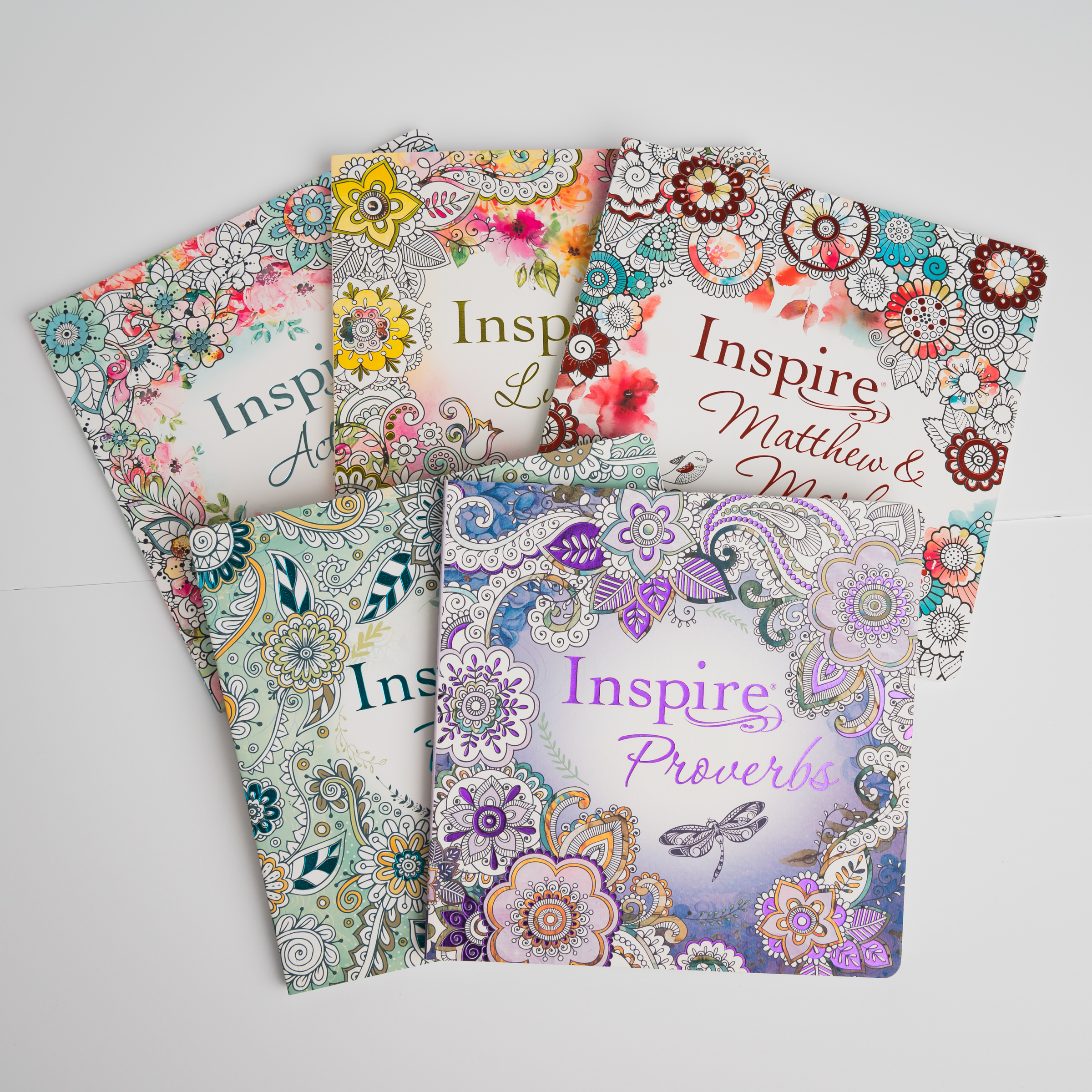
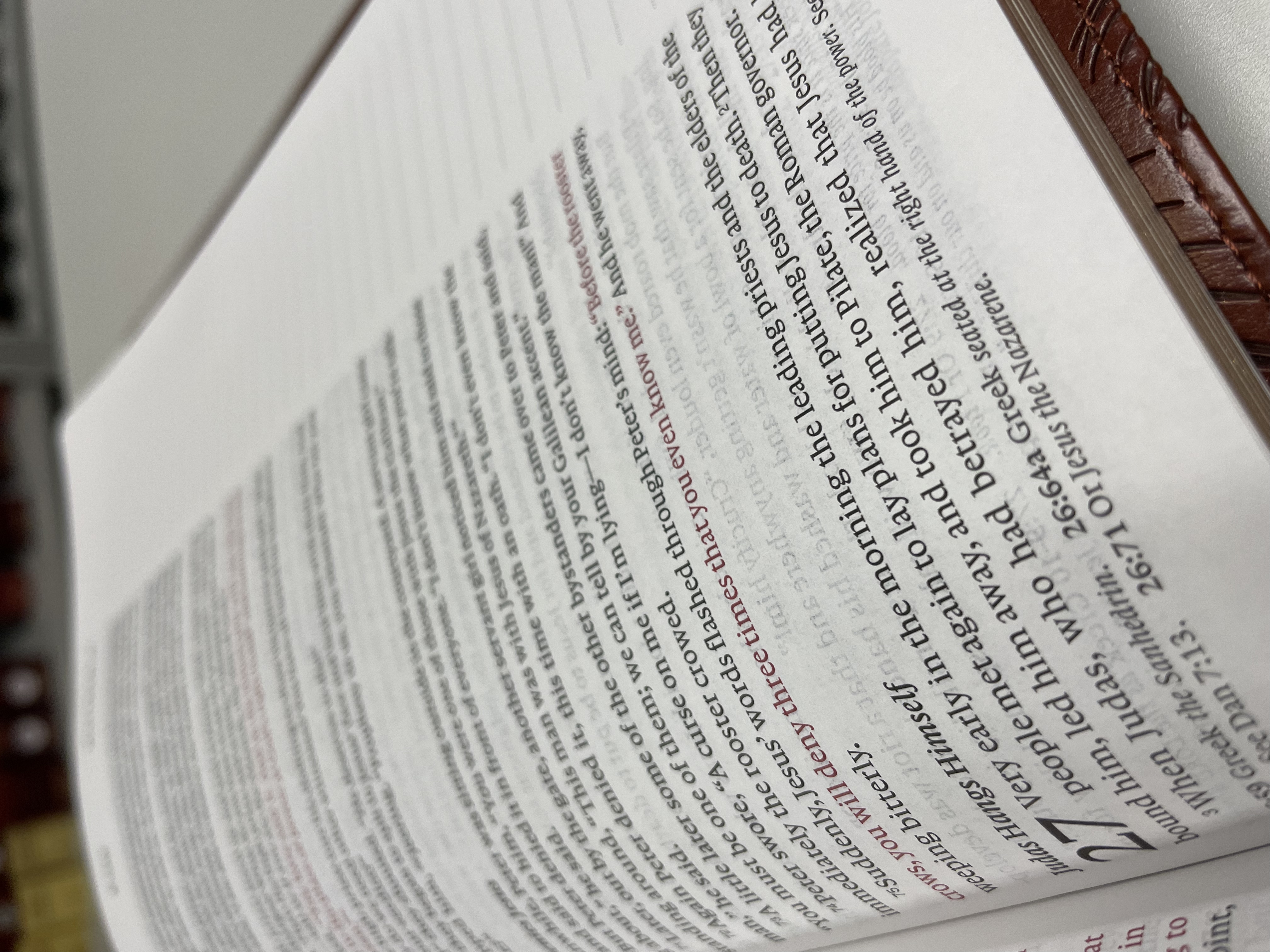
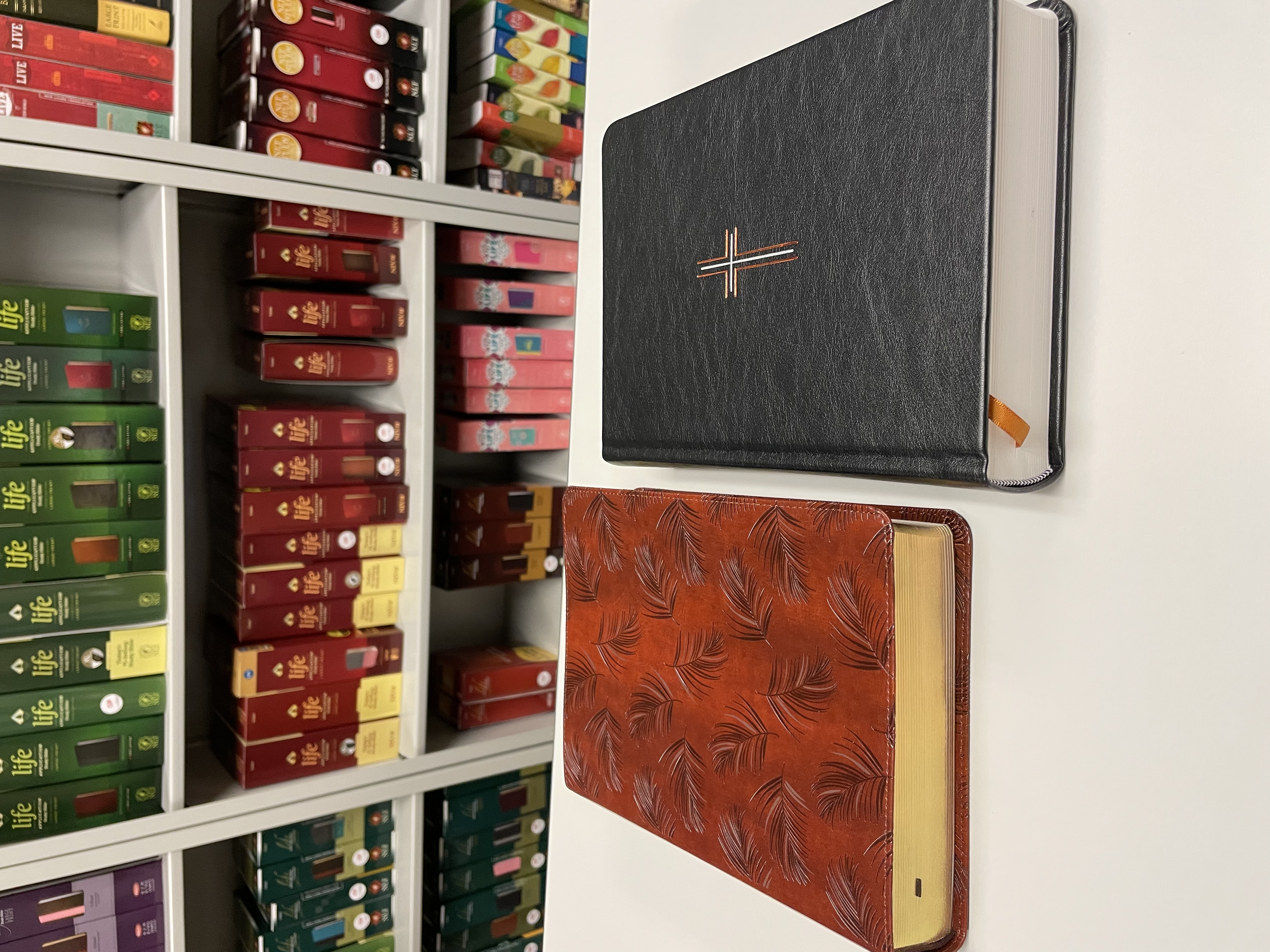
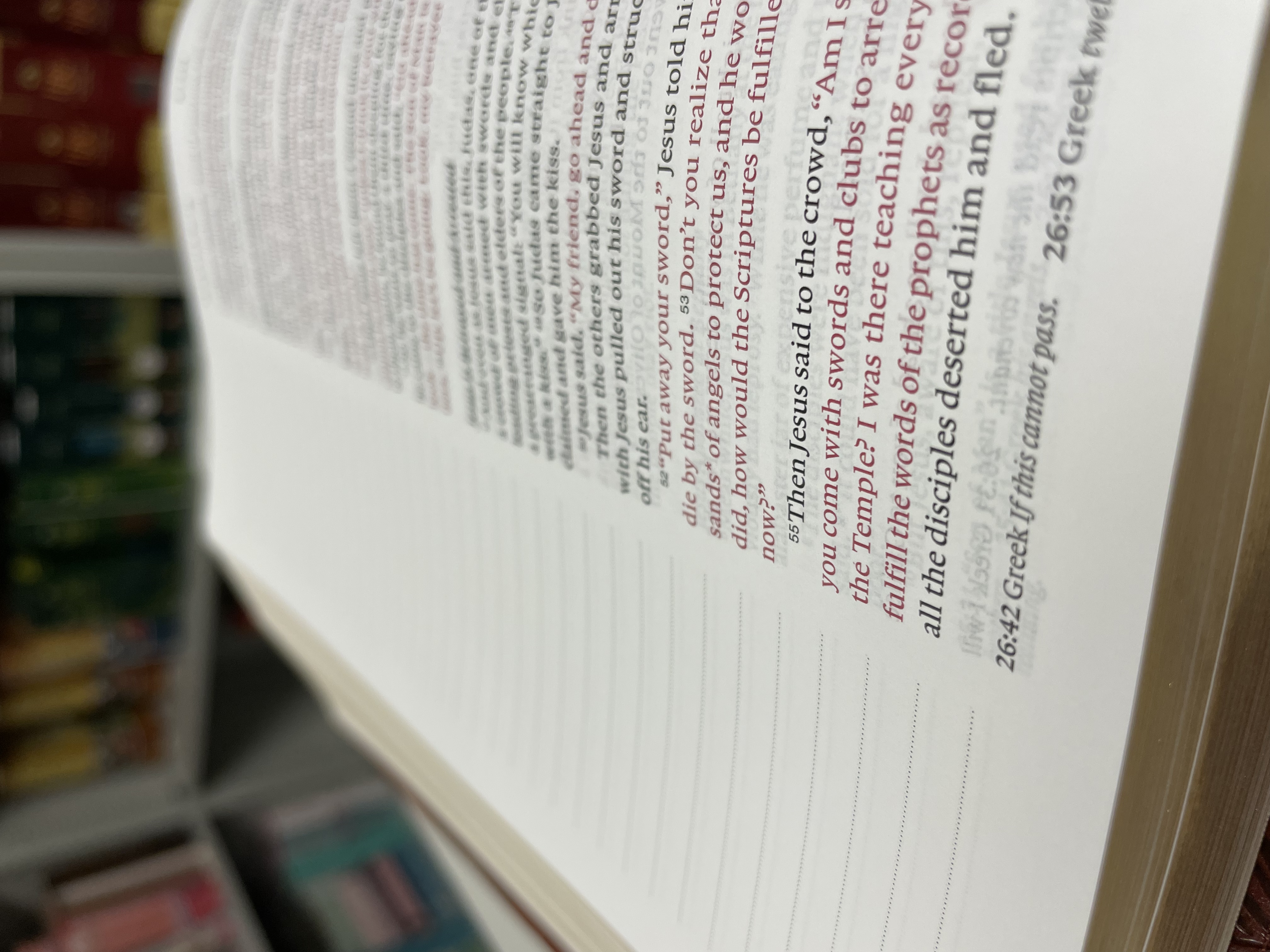

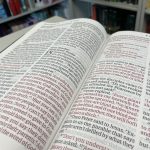


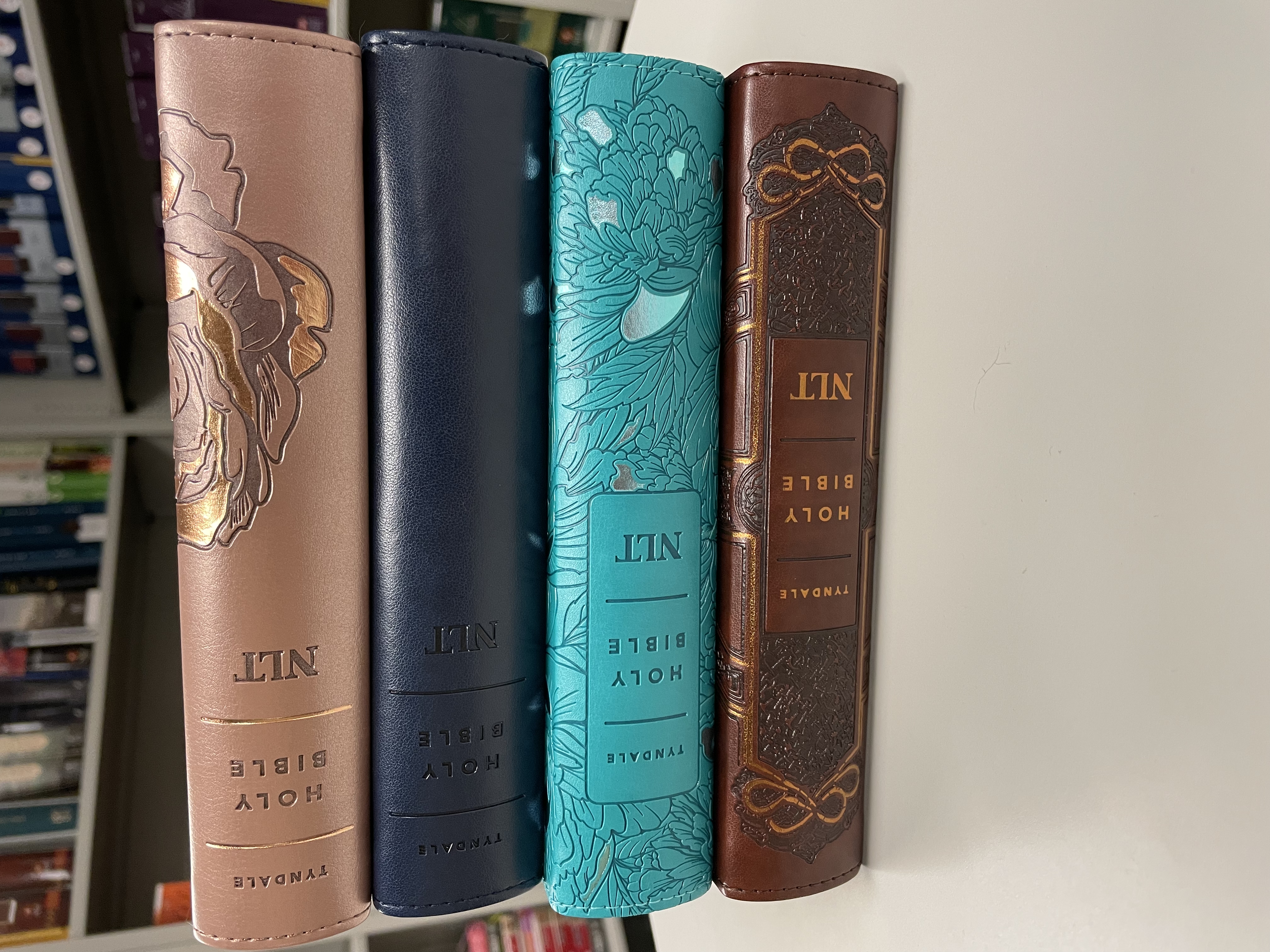
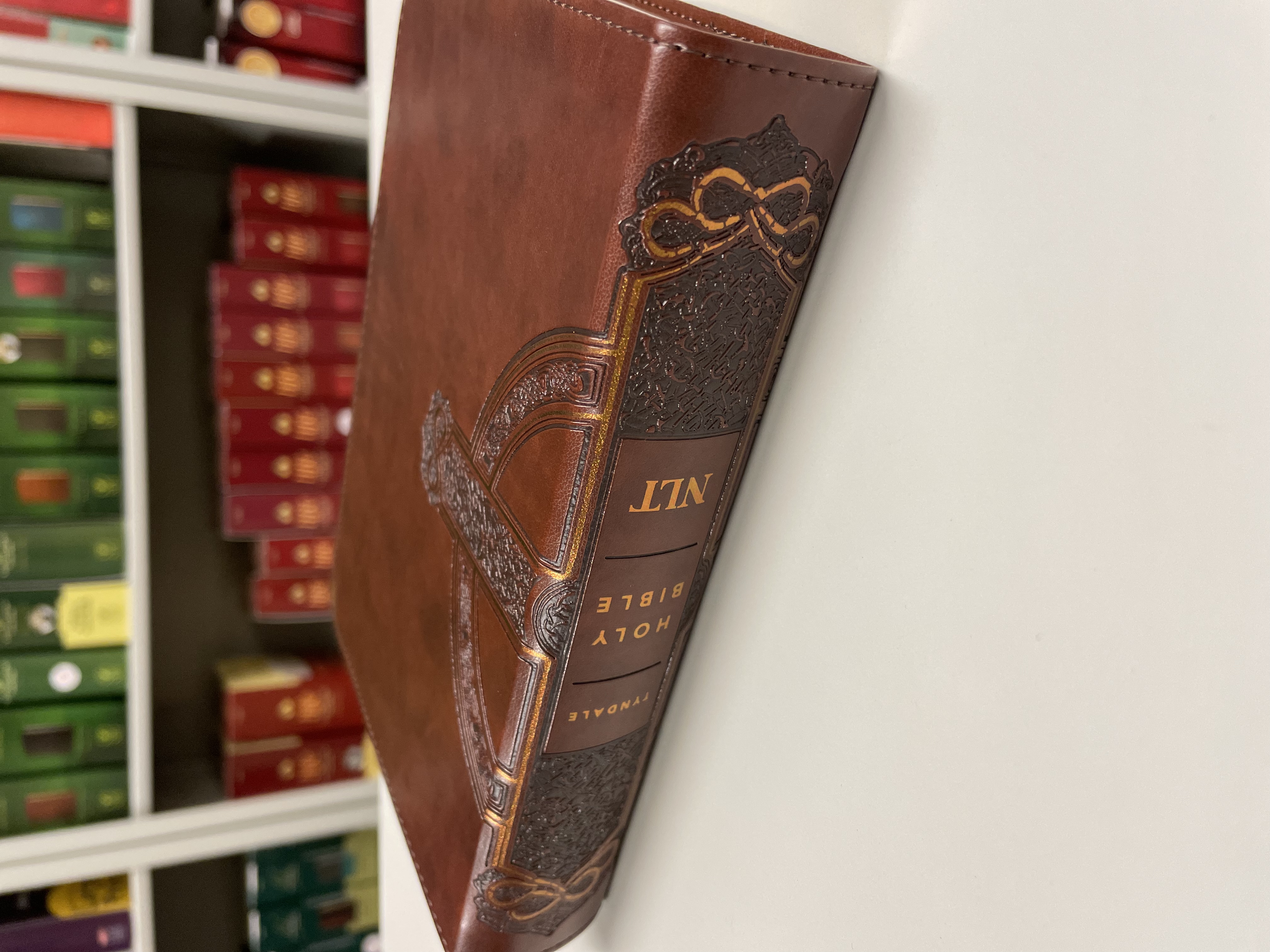
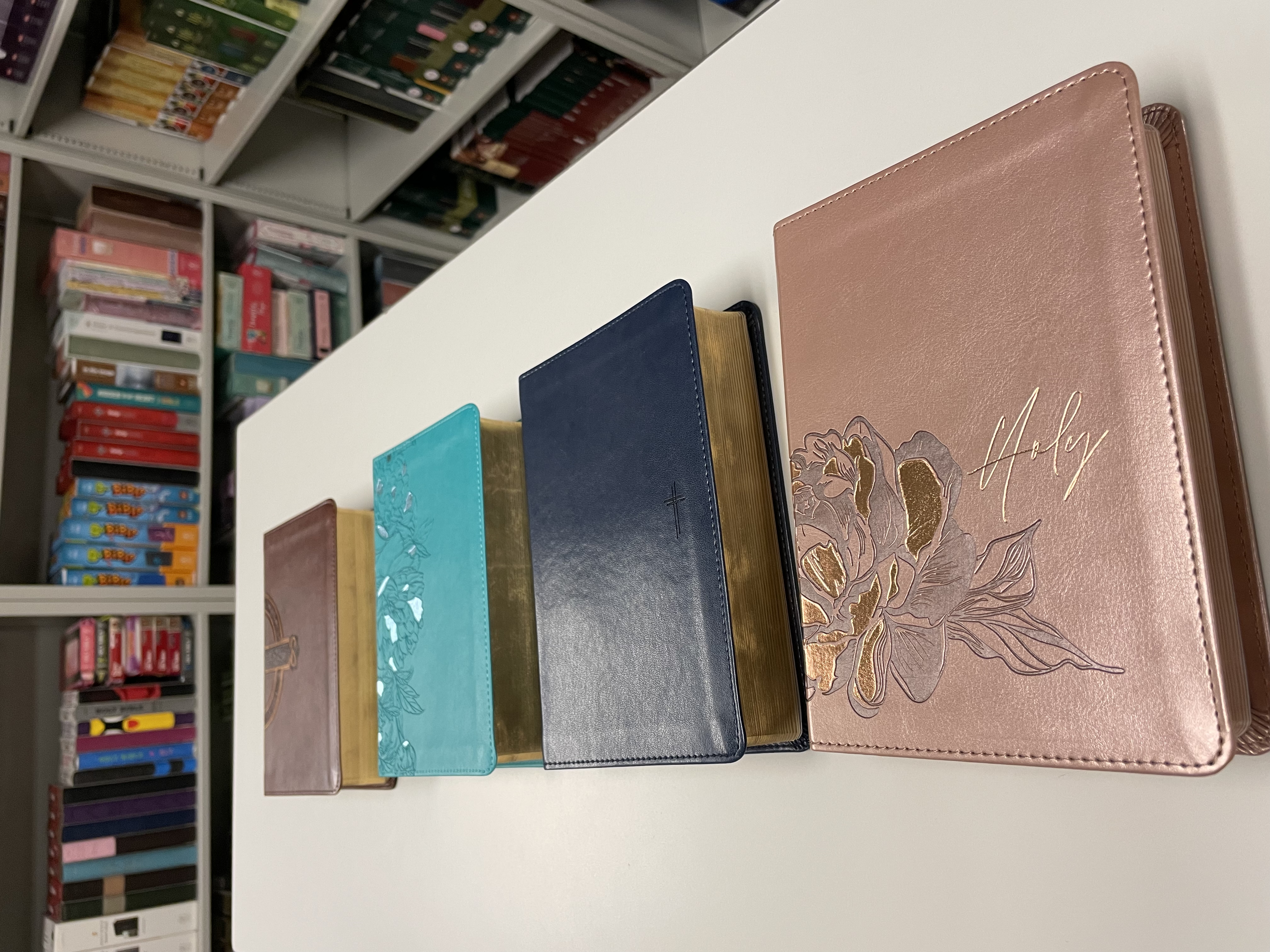


Recent Comments